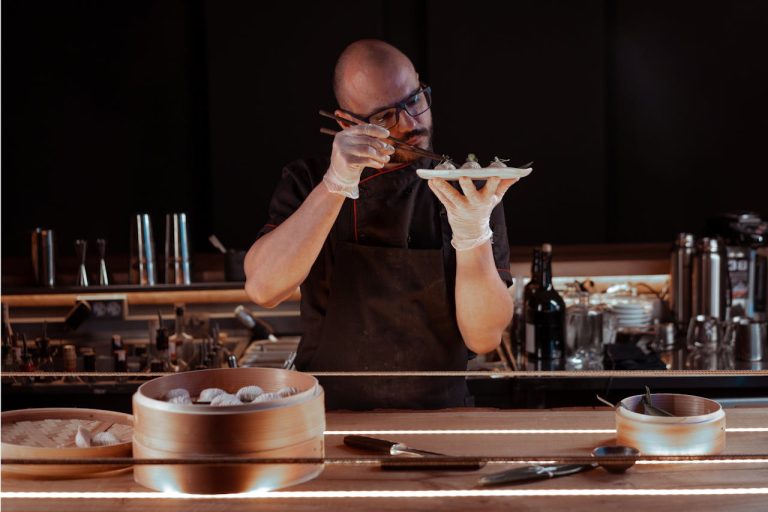Recently the Arizona Republic published an article on why Phoenix doesn’t have any Michelin Star restaurants. As the author noted, it’s not because the restaurant scene in Phoenix is unworthy of such an honor, but rather that “Michelin simply has not visited Arizona” and the city isn’t interested in paying for reviewers to visit their city.
So for anyone who is unaware of how the Michelin star system operates, here’s a little backstory on the business of the restaurant-rating guide and some backlash from chefs who are fed up with being judged by a tire company.
History
The Michelin Guide was started by brothers André and Édouard Michelin shortly after founding their world-renowned tire company in France in 1889 as a way to sell more tires. They believed that if they could inspire motorists to take more trips across the country – at the time there were less than 3,000 cars in the country – they could boost car sales, which in turn would boost the sale of tires.
The first little red guides were free for travelers and included maps, information on how to change a tire, where to get fuel, and places to rest. As the story goes, it wasn’t until André discovered his guides being used to prop up a workbench that the guides began to be sold under the belief that “man only truly respects what he pays for.” The new Michelin Guide, sold for seven francs in 1920, included a list of hotels and restaurants in Paris. Seeing that the restaurant recommendations were becoming influential, the brothers hired a team of mystery diners to anonymously review restaurants. In 1926, they began giving a single star to ‘fine dining establishments’ and in 1931 introduced the three star hierarchy:
- One star: worthy of a stop along the way
- Two stars: worth a detour
- Three stars: warrants a special journey to visit the restaurant
Giving stars back
“Michelin-starred” has become synonymous with culinary excellence. Many chefs dream of earning a star for their restaurants and some feel immense pressure to maintain their star status as it can be stripped away just as easily as it was given. However, the power of the Michelin star is waning for some chefs who “no longer believe Michelin has its finger on the pulse of what a great dining experience should be” and won’t even entertain the idea of going after one. Other chefs have chosen to ‘give back’ their stars entirely.
The first chef to ‘give back’ their stars was Marco Pierre White – the youngest chef to achieve a three-star status in 1995. A few years after making the decision to walk away, White was asked about his choice and stated, “I was being judged by people who had less knowledge than me, so what was it truly worth?”
In 2017, a French chef, Sébastian Bras made headlines for stating that he wanted to be removed from the guide and ‘give back’ the three stars his family restaurant had maintained for almost twenty years. In his statement he said, “we want to proceed with a free spirit and without stress, to offer a cuisine and service that represents that spirit and our land.” Paris chef Alain Senderens gave up his stars in 2005 to revamp his restaurant stating, “I feel like having fun.” A chef in Seoul even sued the guide in 2019 for including his restaurant after he told them not to.
The Michelin guide states that its mission is “to make driving, tourism and the search for unforgettable experiences available to all,” but for some, that mission doesn’t align with their reality.







